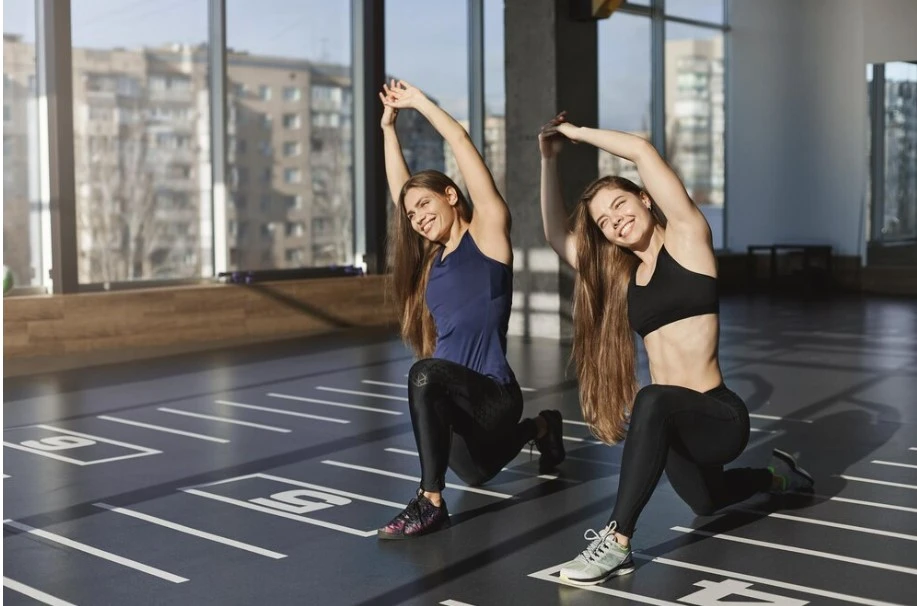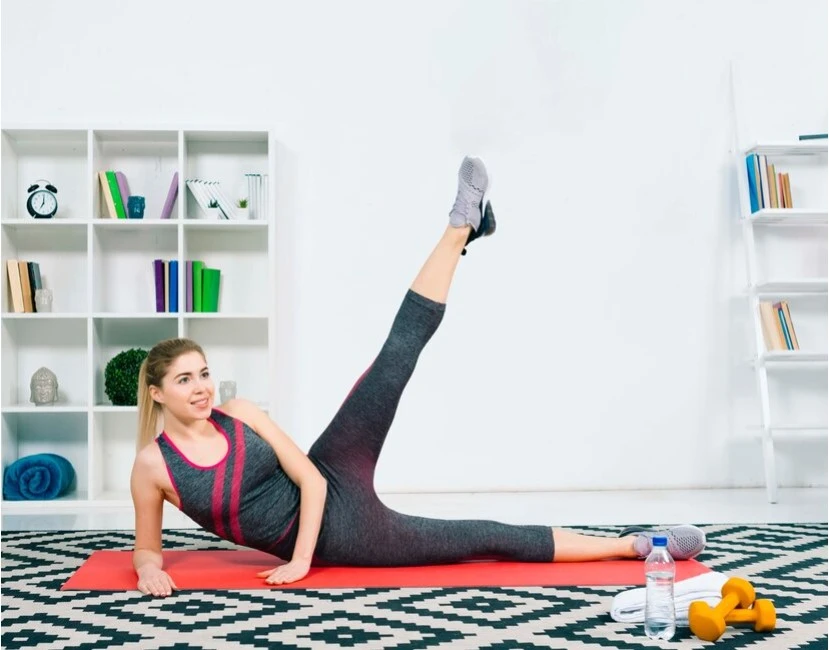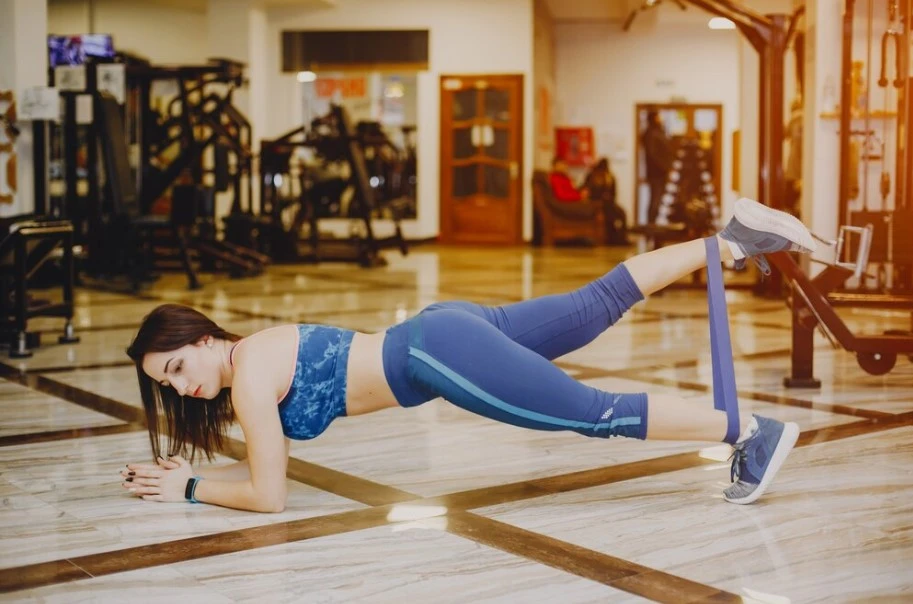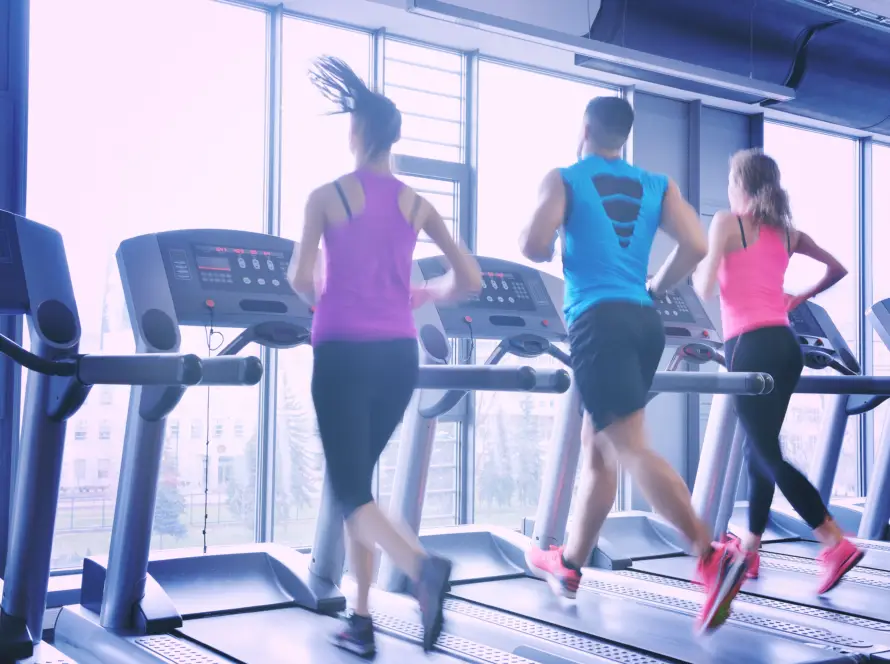Stretching Workout Programs: Make Your Fitness Better with Flexibility.
Stretching and workout programs have a significant role to play in achieving your fitness goals. As such, incorporating effective stretching into your routine is just as important as focusing on strength training and cardiovascular exercises. Therefore, this blog will discuss what stretching is, why you should integrate it into your workout programs, and how it should be an essential aspect of your fitness regimen.
What do Stretching Workout Programs Mean?
This process involves lengthening the muscles and tendons to improve flexibility and range of motion. It makes the body ready for exercise while also helping recover from it. By including stretching in their workout routines, athletes can improve their overall performance while preventing injuries.
Advantages of Doing Stretches

1. Increases Flexibility
One key benefit of stretching is increased flexibility. This facilitates free movement and more efficient execution of exercises which is essential for optimum workouts and injury avoidance.
2. Increases Range Of Motion
Through muscle elongation and tendon lengthening stretching can aid in increasing the range of motion available to joints and thus may result in better physical performance overall including making daily activities easier.
3. Relieves Muscle Tension
Regularly performing stretches helps relieve muscle tension and soreness. After workouts through relaxation brought about by the removal of tightness from muscles by stretching one recovers more quickly.
4. Prevents Injuries
Stretching before any physical activity prepares your muscles for the stress they are going to undergo during the activity thereby reducing chances of straining or spraining. Injury prevention strategy includes warming up your muscles and making them more flexible.
5. Improves Posture
Posture is another thing that can be enhanced by regular stretching as this lengthens tight ones while strengthening weak muscle groups. All these are great for posture enhancement and reduction of back aches.
Types of Stretching Workout Programs

1. Static Stretching
Static stretches involve holding one pose for a given duration usually between twenty to thirty seconds thus it should be done after workouts to cool down and enhance flexibility.
2. Dynamic Stretching
Dynamic stretching is where the body’s parts are made to move through a full range of motion to stretch the muscles more effectively; therefore good for pre-exercise warm-up since it gets muscles ready for exercising activities.
3. Ballistic Stretching
Ballistic stretching entails bouncing movements that carry the muscle beyond its normal limit of motion. Due to the risks involved in such types of stretches however ballistic stretching is generally not recommended as safety dictates one should stick with static or dynamic stretches instead.
4. PNF Stretching
Proprioceptive Neuromuscular Facilitation (PNF) involves contracting and relaxing muscles to improve their flexibility. This method which requires a partner or trainer mostly used by athletes and helps increase mobility by loosening up muscles using active contractions and relaxations
The Integration of Stretching with Workout Regimens

1. Use Dynamic stretching to warm up your body.
At the beginning of your exercise, make use of dynamic stretching to get ready for it and prepare your muscles as well as joints for physical activity. Make sure you swing your legs, perform circles using your arms, and lift your knees to higher levels while at the same time increasing your heart rate during this process.
2. Including Stretching in Your Regular Workout
Make sure that you do different types of stretches when doing some exercises so that various parts of the body are stretched out. You can do this before or during your workout depending on the type of stretch being done and what you intend to achieve fitness-wise.
3. Finish with Cool Static Stretching
Utilize static stretching after completing your workout session to help muscles relax and recover better. Concentrate on extension movements that cover key muscle sets used when training so as not to develop stiffness but instead increase elasticity levels.
4. Integrate Stretching Workout Programs into Daily Life
In addition to an established exercise regimen, consider incorporating simple stretches into daily life activities. Take a few moments throughout each day if you lead a sedentary lifestyle or have tense muscles due to stress, focus on breathing deeply and slowly through your nose while lengthening tight areas like necks or hip flexors by looking down towards one foot at a time until they release enough tension-an intense yet highly effective way alleviate pain from cramps caused by sitting too much!




